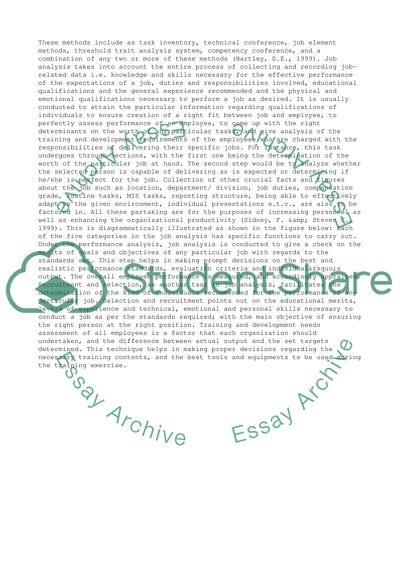Cite this document
(“Job and Work Analysis Research Paper Example | Topics and Well Written Essays - 1750 words”, n.d.)
Retrieved de https://studentshare.org/business/1474752-literature-review-for-human-resource
Retrieved de https://studentshare.org/business/1474752-literature-review-for-human-resource
(Job and Work Analysis Research Paper Example | Topics and Well Written Essays - 1750 Words)
https://studentshare.org/business/1474752-literature-review-for-human-resource.
https://studentshare.org/business/1474752-literature-review-for-human-resource.
“Job and Work Analysis Research Paper Example | Topics and Well Written Essays - 1750 Words”, n.d. https://studentshare.org/business/1474752-literature-review-for-human-resource.


